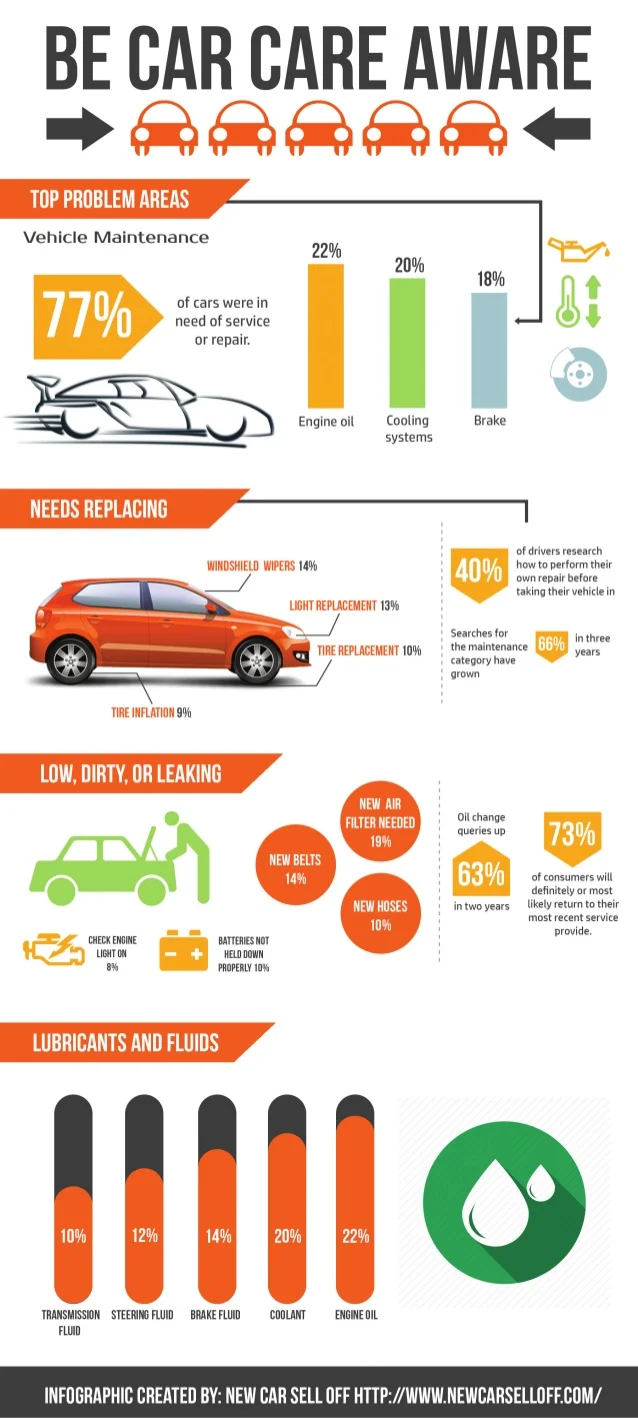When you lag the wheel, those beautiful caution lights on your dashboard can be a bit perplexing. Do you know what they're attempting to tell you regarding your car's health? Recognizing the significance of these lights is vital for your security and the long life of your vehicle. So, the next time one of those lights turns up, wouldn't you intend to analyze its message precisely and take the needed actions to resolve it?
Common Caution Lights and Interpretations
Recognize usual caution lights in your car and understand their definitions to guarantee risk-free driving.
The most normal caution lights consist of the check engine light, which indicates issues with the engine or emissions system. If this light begins, it's important to have your lorry checked quickly.
truck detailing advising light suggests reduced oil pressure, calling for instant interest to avoid engine damages.
Visit Webpage blinking battery light may suggest a faulty charging system, potentially leaving you stranded otherwise dealt with.
The tire stress monitoring system (TPMS) light signals you to low tire pressure, influencing vehicle stability and gas efficiency. Ignoring this could cause risky driving problems.
The ABS light suggests a problem with the anti-lock braking system, endangering your ability to quit promptly in emergency situations.
Last but not least, the coolant temperature advising light warns of engine getting too hot, which can lead to serious damage if not dealt with quickly.
Comprehending these typical warning lights will certainly help you address concerns promptly and preserve secure driving problems.
Significance of Prompt Interest
Understanding the common warning lights in your car is only the primary step; the relevance of immediately resolving these warnings can not be stressed sufficient to ensure your security when driving.
When a warning light brightens on your control panel, it's your car's way of connecting a prospective concern that needs attention. Ignoring these warnings can cause more severe issues in the future, jeopardizing your security and potentially costing you extra in repairs.
Prompt attention to warning lights can stop failures and crashes. As an example, a flashing check engine light could show a misfire that, if left ignored, can create damages to the catalytic converter. Addressing this immediately can save you from an expensive repair.
Likewise, a brake system advising light may signal low brake liquid or used brake pads, critical parts for your safety and security when driving.
Do It Yourself Troubleshooting Tips
If you discover a caution light on your dashboard, there are a couple of DIY repairing tips you can try prior to seeking professional assistance.
The primary step is to consult your car's guidebook to recognize what the details warning light indicates. Sometimes the concern can be as straightforward as a loosened gas cap activating the check engine light. Tightening the gas cap may settle the trouble.
One more usual concern is a low battery, which can trigger different alerting lights. Checking the battery connections for corrosion and guaranteeing they're safe may fix the problem.
If a warning light persists, you can try resetting it by disconnecting the automobile's battery for a couple of minutes and then reconnecting it. Furthermore, examining your car's liquid degrees, such as oil, coolant, and brake fluid, can aid troubleshoot cautioning lights connected to these systems.
Verdict
Finally, recognizing your automobile's warning lights is necessary for keeping your car running efficiently and safely. By promptly resolving these alerts and knowing what they suggest, you can prevent costly repair services and potential break downs.
Remember to consult your vehicle's guidebook for particular information on each advising light and do something about it appropriately to make certain a trouble-free driving experience.
Keep educated, remain secure when traveling!
